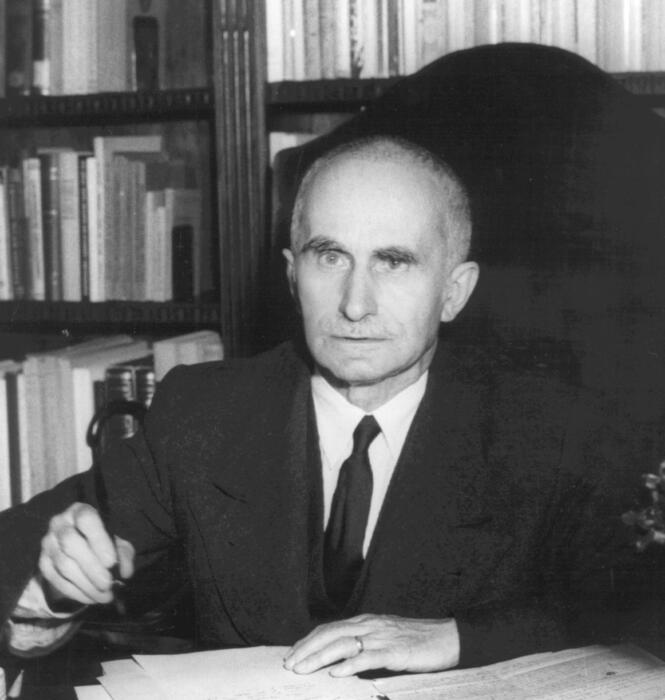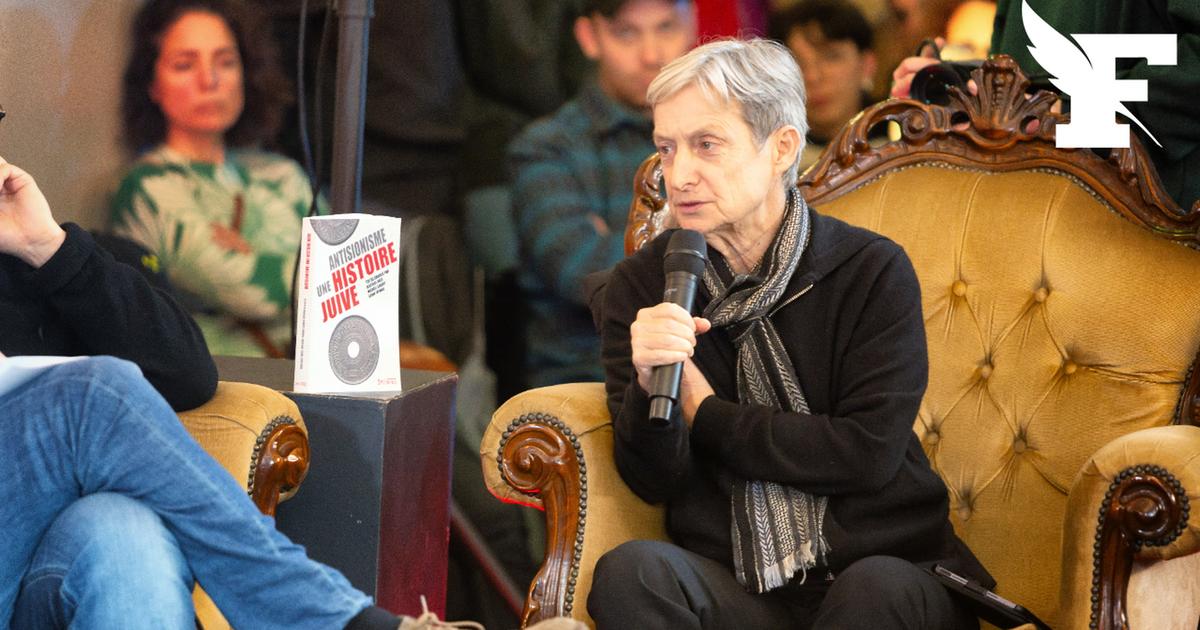In a scene from
Kika
(1993), that rarity of Pedro Almodóvar about to turn 30, Verónica Forqué encourages her housekeeper, Rossy de Palma, to shave her mustache, arguing that it would make her look more feminine and beautiful.
Rossy replies: “The mustache is not exclusive to men.
In fact, men with mustaches are fagots or fagots, or both at the same time.
In the context of thick comedy she is not entirely wrong.
The history of the mustache in Spain remained embedded in this myth for years.
The mustache has been associated with war: the Greeks and Romans considered the bushy beard a symbol of manhood, but they began to shave it off and leave only the mustache so that enemies could not grab it in battle.
And it has been linked to love: in the 19th century, the British grew a marriageable mustache
to
show that they were single and had a good social position.
Some marketing theories claim that men with well-groomed beards or mustaches inspire confidence and help sell more in ads.
Still others associate the mustache with the worst of 20th century militarism and names like Hitler, Franco or Mussolini, which inspire anything but confidence.
The mustache is important, so much so that in the United States a group called the American Mustache Institute has existed since 1965 and acts beyond the joke.
Not only do they conduct surveys on the subject (with not very encouraging results: in 2013, one of them reflected that 73% associated a mustache with alcoholism and that only 30% believed that a boss could have a mustache).
According to its president, Aaron Perlut, he told
The Atlantic in an interview
They have managed to save the job of a Georgia waiter he threatened to fire if he didn't remove his mustache and reinstate a teenager named Sebastian Pham who was expelled from his high school in 2006 for refusing to shave his mustache.
The mustache is political.
In fact, it is probably our entrance into politics: if we consider that the shadow of the mustache is the first external sign that we leave childhood behind, the mustache becomes the necessary rite of passage to become voters and taxpayers.
The great mustache of the seventies and eighties was that of Freddie Mercury (1946-1991), who also claimed it as a symbol of sexual freedom. Keystone (Getty Images)
If someone tries to enter the website of that organization today, they will find an error message.
The American Mustache Institute no longer exists except on Twitter and Instagram, with not many followers.
It is probably a happy ending: the mustache is no longer controversial.
It is worn by Justin Bieber, one of the most famous singers in the world (EL PAÍS' review of his album
Changes
, a supposed passage to maturity, was entitled "Justin Bieber already has a mustache").
Also C. Tangana.
Zac Efron wears it in his new movie,
The Greatest Beer Run Ever
.
The confinement of 2020 did a lot for this normalization: in the same way that some took the opportunity to cut their hair, cook or put on braces to wear them under the mask, the experiment of growing a mustache convinced many that it did not look bad on them and encouraged them to leave it once you could go out on the streets.
In any case, the return of the mustache had been in the making for years.
The mustache of the future
Sergio López, head hairdresser in series such as
La casa de papel
and nominated for a Goya for best makeup and hairstyling for
Adú
, considers the current trend of the mustache "an inheritance of the
hipster
, a natural evolution of that leafy beard" (which reigned in the 2000s to become almost parody in the 2010s).
In fact, it was a totem of
hipsterism
like the director Spike Jonze who put a mustache to star in a film: Joaquin Phoenix's in
Her
in 2013. An example of how groundbreaking a main character with a mustache was is the criticism he devoted to it the
Gizmodo
website
: “
Her
It's so good you won't care about Joaquin Phoenix's mustache."
And he added the criticism: “What is the science fiction part?
For a man to fall in love with his computer or for any kind of artificial intelligence to go on a date with a guy with such a mustache?
In previous years, famous actors had worn mustaches, yes, like James Franco in
Milk
(2008) or Brad Pitt in
Inglourious Basterds
(2009), but both were period pieces in which the mustache was part of a characterization.
But
Her
was set in the future.
The mustache was simply there.
Many consider that it was Joaquin Phoenix in 'Her' who brought back the mustache: it was not an ironic mustache, nor a period mustache, it was just a perfect mustache.Moviestore Collection/face to fa (0070056 / Cordon Press)
"That was the turning point of the return of the mustache: a
cool
guy , well dressed... and with a mustache," reflects Blanca Lacasa, journalist, writer and strong advocate of male facial hair.
“Also, being set in the future, the film left behind a prophecy: the cool, hip guy of tomorrow will wear a mustache.
It is not random or casual.
Joaquin Phoenix couldn't have had a beard in that movie, for example, he had to be a mustache."
Laccase is a classifying oracle of the mustache.
“The ones from the 1930s and 1940s, like Errol Flynn or Clark Gable [thin, highly profiled mustaches], I don't like very much.
The best mustache is the
seventies
.
Well stocked, plump, leafy, and not scruffy, but not perfect either.
My love for him began when I saw Robert Redford in
Two Men and a Destiny
(1969).
I also like Elliott Gould, Burt Reynolds or Tom Selleck, a fantastic mustache.
But my favorite is Sam Elliott's, a mustache so sexy you want to bite it off."
Robert Redford in a promotional photograph for 'Two Men and One Destiny' (1969). Michael Ochs Archives (Getty Images)
Alberto Mira, film scholar and professor at Oxford Brookes University, is not a big fan of the mustache personally, but he throws in an interesting fact about its sociopolitical connotations depending on where they appear: “It is interesting that only in Spanish cinema does a thick mustache connote fascism.
In other places, in Hollywood cinema, for example, it connotes respectability”.
Lacasa agrees: “We associate him with Franco, with Aznar, with right-wing men, with a certain military order.
But it wasn't like that outside.
I think of France, of Jean Rochefort, who had a very cool mustache, or of Dennis Hopper in the United States, a libertarian symbol.
That scruffy mustache wasn't just sexy, it was lefty
.
"
Mira also focuses on its sociosexual connotations: "We cannot ignore the mustache linked to gayness, which represents an evolution of the dapper mustache of the esthete of the late nineteenth and early twentieth centuries and leads us to the seventies mustache, overflowing", an exaggeration of the hypermasculine aesthetic that prevailed in the seventies, and which the gays ended up appropriating.
"I think that's when the mustache became gay, straight people started avoiding it."
There is, in fact, a gay figure who in the seventies and eighties covers the mustache and turns it into a symbol: Freddie Mercury (although he never officially came out of the closet, his image among admirers and journalists was, at least, that of someone sexually free).
It would seem that at that time the mustache is either the image of absolute American masculinity (guys like the aforementioned Reynolds or Selleck could wear it, whose heterosexuality was so obvious and overwhelming that a mustache could not call it into question) or of European ambiguity.
Alberto Jimenez, singer of Miss Caffeina (together with Sergio Sastre and Antonio Poza in the image) has turned his mustache into a symbol of the group and one of the most recognizable in Spanish pop. Europa Press News (Europa Press via Getty Images)
In Spain there is a currently very recognizable mustache in pop, that of Alberto Jiménez, singer of Miss Caffeina.
The artist tells ICON that after a time of wearing sideburns and a bit of a beard (“what was worn among the
poppies
of that time, how horrible!”) one day, to experiment, he left a mustache.
“I looked different, good.
And he stayed.
With the passage of time, whenever they make a caricature or an illustration of the group, my mustache appears.
For a video clip of Miss Caffeina I had to take it off and I felt so strange, I saw such a distance from the lip to the nose that I have never taken it off again.
Jiménez continues to notice a certain resentment towards the mustache among a part of his followers.
“A lot of people don't like it.
There are always some who send you messages commenting on your image and say: 'Let's see if you take off that mustache'.
The mustache divides a lot because of political references, I think, that's where the rejection comes from.
But I prefer to think about that time in San Francisco, the seventies, the early eighties, tank tops, mustaches... that's the
look
I've always liked and, perhaps unconsciously, have tried to imitate.
Clean faces for MTV
“At a cultural level, the mustache has always been used to masculinize men”, reveals Sergio López, “and in some to associate it with a profile of power.
In fiction it also marks an era: depending on the era and the type of mustache, a character can be framed from the 1920s to the 1970s”.
The specialist points out that, since the nineties, facial hair disappears.
"At that time, a cleaner and more natural aesthetic was sought."
Just look at the male idols of the '90s: the aesthetics of Calvin Klein ads, MTV videos, and the popularity of prime-time teen shows make facial hair a thing of another. weather.
The beard, for example,
Seven
or in
Legends of passion
to play a tough guy and overcome by his life tragedies).
Between classicism and irony: John Waters' mustache, in this image photographed in 1990. Nancy R. Schiff (Getty Images)
Which brings us to
grunge
, which combated the brats of the day with scruffy facial hair.
Here there was no mustache, but there was a goatee (an element that, for now, few have dared to revive), a hairy whim that takes hold in the
mainstream
when, for example, it is adopted by some members of groups such as Backstreet Boys who appear in its cast. of roles as "the older ones" (not the official heartthrob of the band, the blond and angelic Nick and Brian).
In the 1990s, the mustache is the exclusive property of the flamboyant homosexual (John Waters), the comedian (Eddie Murphy), or the androgynous superstar (Prince).
The fact that the mustache was not for everyone was reflected in a famous episode of the second season of
Friends
(broadcast between 1995 and 1996) in which Chandler grew it because he wanted to look like the character of Tom Selleck, who was the lover of Monica.
His mustache serves as the inspiration for canned laughs: back then only Selleck could wear a mustache and get away with it.
Whoever tried to imitate him would only be able to be a clown (curiously, seen today, Chandler is very handsome with him).
"In those years I didn't have a mustache or a tattoo, my friends wouldn't even have thought of it," confirms Lacasa.
This, in Spain, has an explanation: the mustache was owned by Aznar in that era.
In
Las Noticias del Guiñol
, the satirical news program on Canal + with dolls that was a hit in the 1990s, Felipe González himself put on a mustache to imitate José María Aznar and laugh at him.
But a review of the mustache would not be complete if it does not stop at the face where it is more combative and militant: the female face.
If before we talked about the growth of the mustache in young boys as a proud step towards maturity, in the case of girls it is the first sign of a body that rebels against the norm: they must remove it.
“Very few women with public relevance have had the courage to grow hair on their upper lips.
So few that the two who left it, Frida Kahlo and Patti Smith, are constantly remembered for it”, wrote Raquel Peláez in an article in
S Moda
about the female mustache.
JD Samson of the group Le Tigre at a party in New York in 2013. Matthew Eisman (WireImage)
In the 2000s, with the mustache still banished from the imaginary of male beauty, it is curious to remember that the most famous of pop was the one that wore... a woman: JD Samson, from the American
electroclash
group Le Tigre.
"One thing I recommend to everyone is to try and turn what makes you feel most uncomfortable about yourself into a celebration," Samson explained in a video discussing why he decided not to pluck the hair on his lips.
"Since I've done it, my life has changed."
Let's follow her advice.
Let's free the mustache.
You can follow ICON on
,
,
, or subscribe to the
Newsletter here
.




/cloudfront-eu-central-1.images.arcpublishing.com/prisa/R6H76FX6DRFCLLFRZWPKD36OJE.jpg)










